Home>Garden Essentials>How Long To Grow Asparagus From Seed
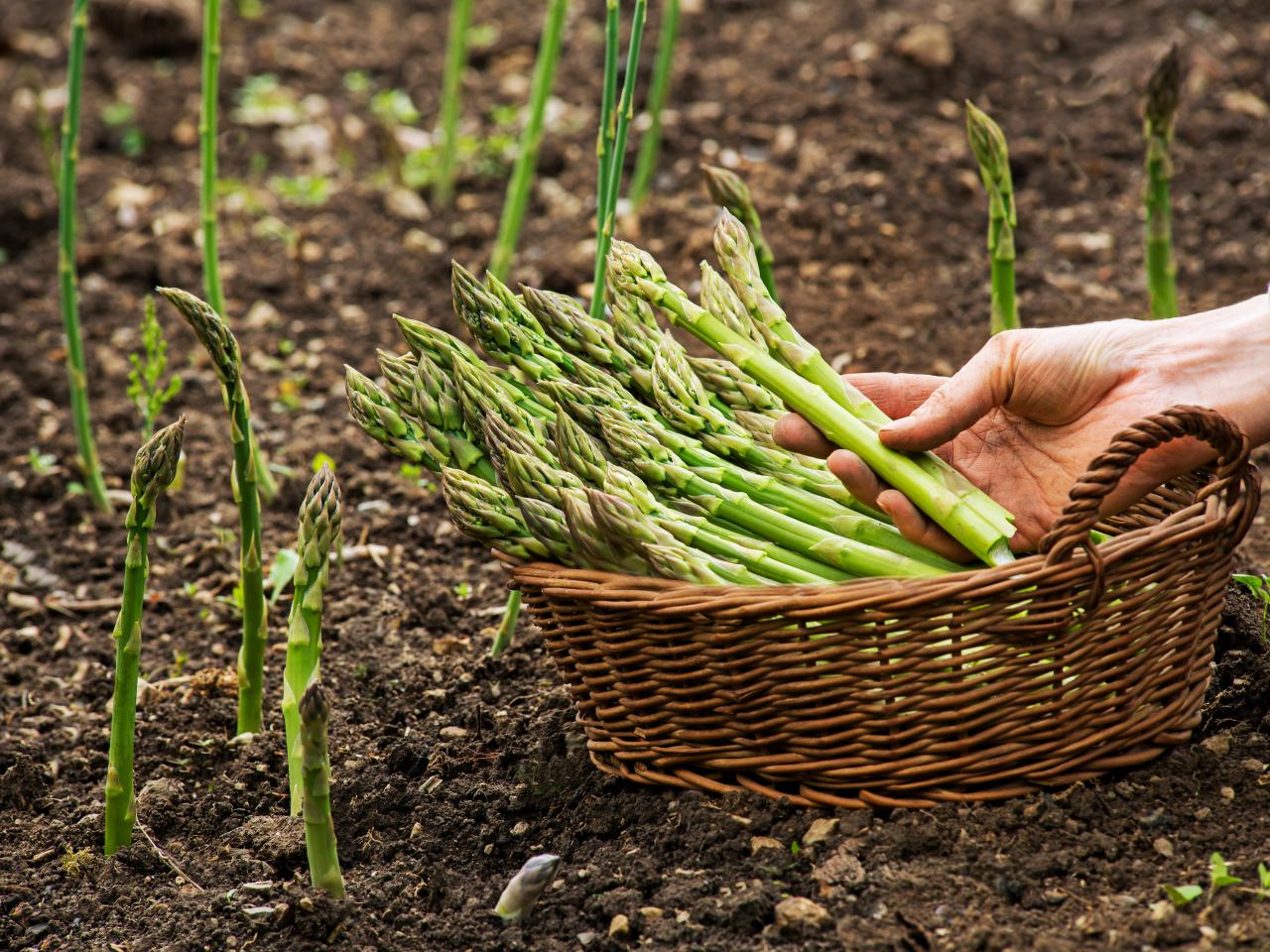

Garden Essentials
How Long To Grow Asparagus From Seed
Modified: March 16, 2024
Looking to grow asparagus from seed? Learn how long it takes in this comprehensive guide for garden enthusiasts.
(Many of the links in this article redirect to a specific reviewed product. Your purchase of these products through affiliate links helps to generate commission for Storables.com, at no extra cost. Learn more)
Introduction
Welcome to the world of gardening, where the joy of nurturing and harvesting your own plants is unmatched. If you’re looking to expand your garden with a unique and delicious vegetable, growing asparagus from seed might be the perfect choice for you. Asparagus is a perennial vegetable that can be a rewarding addition to any garden, providing you with a bountiful harvest for years to come.
Growing asparagus from seed can be a fulfilling and cost-effective way to start your asparagus patch. While it may require some patience and care, the process can be a fascinating journey that allows you to witness the growth and development of your plants from the very beginning.
In the following sections, we will explore the benefits of growing asparagus from seed, guide you in choosing the right asparagus variety, discuss soil preparation, provide step-by-step instructions for planting asparagus seeds, and offer tips for caring for young asparagus plants. We will also discuss the timeline for asparagus growth from seed to harvest.
So, put on your gardening gloves and let’s dive into the wonderful world of growing asparagus from seed!
Key Takeaways:
- Growing asparagus from seed offers cost-effectiveness, variety selection, and a sense of fulfillment. It requires patience but rewards with sustainable and delicious harvests for years to come.
- Asparagus growth from seed to harvest takes a few years, with limited harvesting in the initial years. Proper care and patience lead to a bountiful and flavorful asparagus patch.
Read more: How To Grow Asparagus From Seed
Benefits of Growing Asparagus from Seed
When it comes to growing asparagus, many gardeners opt for purchasing established crowns rather than starting from seeds. However, there are several unique benefits to growing asparagus from seed that make it a worthwhile endeavor:
- Cost-effective: Growing asparagus from seed can be a budget-friendly option compared to buying crowns. Asparagus seeds are generally more affordable and readily available, allowing you to grow a larger quantity of plants without breaking the bank.
- Wide variety selection: Choosing to grow from seed opens up a world of possibilities in terms of asparagus varieties. You can explore different flavors, sizes, and colors, tailoring your selection to your personal preferences.
- Increased disease resistance: Asparagus seeds are less prone to diseases and pests compared to crowns. By starting from seed, you have a better chance of cultivating a strong and healthy crop that can withstand common garden challenges.
- Longevity and sustainability: Asparagus plants grown from seed have the potential to establish deeper root systems, leading to greater longevity and productivity. Well-maintained plants can continue to produce quality spears for up to 20 years, providing you with a sustainable and long-lasting source of delicious asparagus.
- Sense of fulfillment: Starting asparagus from seed allows you to be a part of the entire growth process, from germination to maturity. This hands-on experience can bring a sense of fulfillment and accomplishment that is truly rewarding for any gardener.
While growing asparagus from seed may require a bit more time and patience compared to using crowns, the benefits are undeniable. Not only can it be a cost-effective choice, but it also allows you to explore a wider variety selection, promotes disease resistance, ensures longevity, and provides a satisfying gardening experience.
Now that you understand the advantages, let’s move on to choosing the right asparagus variety for your garden!
Choosing the Right Asparagus Variety
When it comes to choosing the right asparagus variety for your garden, there are a few factors to consider. Each variety has its own unique characteristics, including flavor, spear size, and growth habits. Here are some key considerations to help you make an informed decision:
- Climate: Consider the climate in your region and choose a variety that is well-suited to your local conditions. Some varieties thrive in cooler climates, while others are more heat-tolerant.
- Flavor: Asparagus varieties can have subtly different flavors. Some are sweeter, while others have a more robust taste. Research the flavor profiles of different varieties to find one that appeals to your palate.
- Spear size: Asparagus spears can vary in diameter, ranging from thin to thick. Thin spears are tender and cook quickly, while thicker spears have a more robust texture and require longer cooking times. Consider your personal preference and cooking style when selecting the spear size.
- Mature plant size: Keep in mind the eventual size of the mature asparagus plant. Some varieties grow taller and may require staking or trellising, while others have a more compact form and can be grown without additional support.
- Resilience to diseases: Certain asparagus varieties have shown a higher resistance to common asparagus diseases, such as fusarium wilt or rust. Choosing disease-resistant varieties can help ensure the health and longevity of your asparagus patch.
Popular asparagus varieties include ‘Mary Washington’, ‘Purple Passion’, ‘Jersey Giant’, and ‘Martha Washington’. Each of these varieties has its own unique characteristics that make them popular choices among gardeners.
When selecting asparagus seeds, it is important to choose a reputable source that offers high-quality, viable seeds. This will increase the chances of successful germination and healthy plant growth.
Now that you have a good understanding of how to choose the right asparagus variety, let’s move on to preparing the soil for planting asparagus seeds!
Preparing the Soil for Asparagus Seeds
The success of growing asparagus from seeds largely depends on the quality of the soil. Before planting your asparagus seeds, it is crucial to prepare the soil properly to create a favorable environment for germination and healthy plant growth. Follow these steps to ensure your soil is ready:
- Choose a sunny location: Asparagus plants thrive in full sun, so select a spot in your garden that receives at least 6-8 hours of direct sunlight each day.
- Clear the area: Remove any weeds, rocks, or debris from the planting area. Asparagus plants have deep root systems, so it’s important to provide them with ample space to grow without competition.
- Improve drainage: Asparagus prefers well-draining soil to prevent waterlogging, which can lead to rotting roots. If your soil has poor drainage, consider adding organic matter such as compost or well-rotted manure to improve its structure.
- Test the soil pH: Asparagus plants prefer a slightly acidic to neutral soil pH range of 6.0 to 7.0. Test the soil using a pH testing kit and make any necessary adjustments by adding lime to raise the pH or sulfur to lower it.
- Amend the soil: Asparagus plants benefit from rich, fertile soil. Incorporate organic matter such as compost or aged manure into the top 6-8 inches of soil to improve its nutrient content and moisture retention.
- Remove perennial weeds: Asparagus seedlings can be easily choked by aggressive perennial weeds. Take the time to thoroughly remove any perennial weed roots from the planting area to give your asparagus seeds a better chance of success.
By following these steps, you will create a favorable soil environment that promotes healthy root development and overall growth of your asparagus plants. Proper soil preparation is a crucial step that sets the foundation for a successful asparagus patch.
Now that your soil is ready, let’s move on to the exciting part – planting your asparagus seeds!
Planting Asparagus Seeds
Planting asparagus seeds requires careful attention to detail to ensure successful germination and healthy plant growth. Follow these step-by-step instructions to plant your asparagus seeds:
- Timing: Asparagus seeds should be planted in early spring or late fall, depending on your climate. In cooler regions, planting in early spring allows the seeds to establish before the heat of summer, while in milder climates, late fall planting provides a head start for the next growing season.
- Soak the seeds: Place the asparagus seeds in a container of warm water and let them soak for 24-48 hours. This will help soften the seed coat and promote faster germination.
- Prepare the planting furrows: Using a garden hoe or shovel, create furrows in the prepared soil. Make the furrows about 1-2 inches deep and 12-18 inches apart to allow adequate space for the asparagus plants to grow.
- Sow the seeds: Place the soaked seeds in the furrows, spacing them about 1-2 inches apart. Cover the seeds with a thin layer of soil, about ¼ to ½ inch deep.
- Water gently: Use a watering can or gentle mist from a hose to moisten the soil without displacing the seeds. Keep the soil consistently moist throughout the germination period.
- Provide consistent moisture and warmth: Asparagus seeds require consistent moisture and warmth for germination. Keep the soil evenly moist but not waterlogged. It may be beneficial to cover the planting area with a thin layer of mulch to retain moisture and regulate temperature.
- Thin the seedlings: Once the seedlings emerge and are about 2-3 inches tall, thin them out to allow for proper spacing. Gradually remove weaker seedlings, leaving the strongest ones about 8-10 inches apart.
By following these planting guidelines, you will give your asparagus seeds the best chance of germinating and developing into healthy plants. Remember to be patient, as asparagus seeds can take several weeks to germinate.
Now that you have successfully planted your asparagus seeds, it’s time to provide proper care to ensure the young plants thrive. Let’s explore how to care for your asparagus seedlings!
Asparagus seeds can take 2-3 years to grow into mature plants that produce edible spears. It’s faster to start with 1-year-old crowns or roots.
Read more: How To Grow Asparagus From Seeds
Caring for Young Asparagus Plants
Proper care is essential in the early stages of asparagus plant growth to ensure strong and healthy plants. Here are some important tips for caring for young asparagus plants:
- Watering: Asparagus plants require regular watering, especially during dry periods. Aim to keep the soil consistently moist but not waterlogged. Water deeply to encourage the development of a deep root system.
- Weeding: Keep the planting area free from weeds that can compete with your asparagus seedlings for nutrients. Regularly remove any weeds, taking care not to disturb the shallow roots of the young plants.
- Mulching: Apply a layer of organic mulch around the plants, such as straw or wood chips, to help suppress weeds, retain moisture, and regulate soil temperature. Maintain a mulch depth of 2-3 inches, making sure to keep it a few inches away from the plant stems to prevent moisture-related diseases.
- Fertilizing: Asparagus plants benefit from regular fertilization to ensure healthy growth and a bountiful harvest. Apply a balanced, slow-release fertilizer according to the manufacturer’s instructions. Alternatively, you can use well-rotted compost or aged manure as a natural and nutrient-rich option.
- Support: As your asparagus plants grow, they may need support to prevent bending or snapping of the spears. Consider using stakes or a trellis system to provide support and keep the plants upright.
- Protect from pests: Asparagus can be susceptible to pests such as aphids, slugs, and snails. Monitor your plants regularly and take appropriate measures to control pests, such as using organic insecticidal soap or implementing physical barriers.
- Maintain weed-free beds: To reduce competition and ensure optimal growth, regularly weed the asparagus bed. Be cautious not to damage the fragile roots of the plants.
By providing proper care to your young asparagus plants, you are setting the foundation for their long-term health and productivity. As the plants continue to grow, they will develop strong root systems and begin producing delicious spears that you can enjoy for years to come.
Now, let’s move on to the exciting part – harvesting your homegrown asparagus spears!
Harvesting Asparagus Spears
Harvesting asparagus spears is an exciting moment for any gardener. It is important to handle the harvesting process properly to ensure a continued and abundant harvest for years to come. Here’s a guide on how to harvest your asparagus spears:
- Patience is key: It is crucial to resist the temptation to harvest asparagus spears in the first year after planting. Allow the young plants to grow and establish a strong root system during their initial year.
- Timing is crucial: Asparagus spears should be harvested when they reach a suitable height, which is typically around 8-10 inches for most varieties. Harvesting too early can weaken the plants, while waiting too long can result in tough and fibrous spears.
- Inspect the spears: Before harvesting, carefully examine each spear. The tips should be tightly closed and compact, indicating they are ready for harvest. Spears with open or unfurled tips should be left to grow further.
- Use a sharp knife: To harvest asparagus spears, use a sharp knife or asparagus harvesting tool. Cut the spear just below the soil surface, being careful not to damage any neighboring spears that are still developing.
- Harvest selectively: Asparagus plants will continue to produce spears for several weeks during the harvest season. Harvest only the spears that have reached the suitable height while allowing smaller spears room to grow and develop.
- Stop harvesting: As the harvest season progresses, you may notice that the spear diameter becomes smaller and the tips begin to open. This is a sign that the plant has reached its maximum production, and it is time to stop harvesting. Allow the remaining spears to grow and mature to replenish the energy reserves in the plant.
Remember that the first year after planting asparagus, the harvest should be limited to only a few spears per plant to allow the plants to establish a strong root system. In subsequent years, you can gradually increase the number of spears harvested.
Enjoy the satisfaction of harvesting your homegrown asparagus spears and savor their delicious flavor in your favorite dishes.
Now, let’s address one of the most commonly asked questions about growing asparagus from seed – how long does it take for asparagus to grow from seed?
How Long Does It Take for Asparagus to Grow from Seed?
Growing asparagus from seed requires patience, as the process from seed to harvest can take a few years. Here is a general timeline for asparagus growth from seed:
- First Year: During the first year after planting asparagus seeds, the focus is on establishing a strong root system. The plants will develop fern-like foliage but should not be harvested. Allow the plants to grow freely and provide them with proper care and maintenance.
- Second Year: In the second year, the asparagus plants will continue to develop and send up spears. However, it is still recommended to refrain from harvesting the spears during this year. The focus is on strengthening the root system and promoting the overall health and vigor of the plants.
- Third Year: By the third year, the asparagus plants will have established a strong root system, and you can expect a limited harvest. Begin by harvesting a few spears per plant, leaving the majority to grow and replenish the energy reserves. This moderate harvest allows the plants to continue growing and establishing themselves for future seasons.
- Subsequent Years: From the fourth year onwards, you can gradually increase the number of spears harvested as the plants become more established. The asparagus plants will continue to produce spears during the harvest season, providing you with a bountiful and delicious crop.
It is important to note that the exact timeline may vary depending on various factors, including climate, soil conditions, and the specific asparagus variety. Some varieties may take slightly longer to mature, while others may show faster growth. Regular care and maintenance will contribute to the overall health and productivity of your asparagus patch.
Remember, growing asparagus from seed requires a long-term commitment, but the rewards are well worth the wait. With proper care and patience, you can enjoy a plentiful harvest of fresh and flavorful asparagus throughout the growing season.
With this knowledge in hand, you are now ready to embark on your journey of growing asparagus from seed. Enjoy the process, savor the flavors, and nurture your garden for many years of asparagus abundance!
If you have any further questions or need additional guidance, feel free to reach out. Happy gardening!
Conclusion
Growing asparagus from seed is a rewarding and fulfilling experience for any garden enthusiast. While it requires patience and care, the benefits of starting from seed are numerous. From cost-effectiveness to wide variety selection and increased disease resistance, growing asparagus from seed offers unique advantages that make it a worthwhile effort.
In this article, we explored the benefits of growing asparagus from seed and discussed the importance of choosing the right asparagus variety for your garden. We also provided guidance on preparing the soil, planting the seeds, and caring for young asparagus plants. Additionally, we discussed the process of harvesting asparagus spears and highlighted the timeline for asparagus growth from seed to harvest.
Remember, growing asparagus is a long-term commitment. It may take a few years for the asparagus plants to fully mature and produce a bountiful harvest. However, the patience and effort invested will be rewarded with a sustainable source of delicious asparagus that can provide enjoyment for many seasons to come.
As you embark on your journey of growing asparagus from seed, remember to provide proper care and attention to your plants. Maintain a weed-free and well-hydrated bed, protect your plants from pests, and follow recommended harvesting practices. With dedication and proper care, you will be rewarded with a thriving asparagus patch that brings joy to your plate and garden.
If you have any further questions or need additional guidance, do not hesitate to reach out. Our team of gardening experts is here to help you throughout your asparagus-growing journey.
Happy gardening, and may your asparagus patch flourish with abundance!
Frequently Asked Questions about How Long To Grow Asparagus From Seed
Was this page helpful?
At Storables.com, we guarantee accurate and reliable information. Our content, validated by Expert Board Contributors, is crafted following stringent Editorial Policies. We're committed to providing you with well-researched, expert-backed insights for all your informational needs.
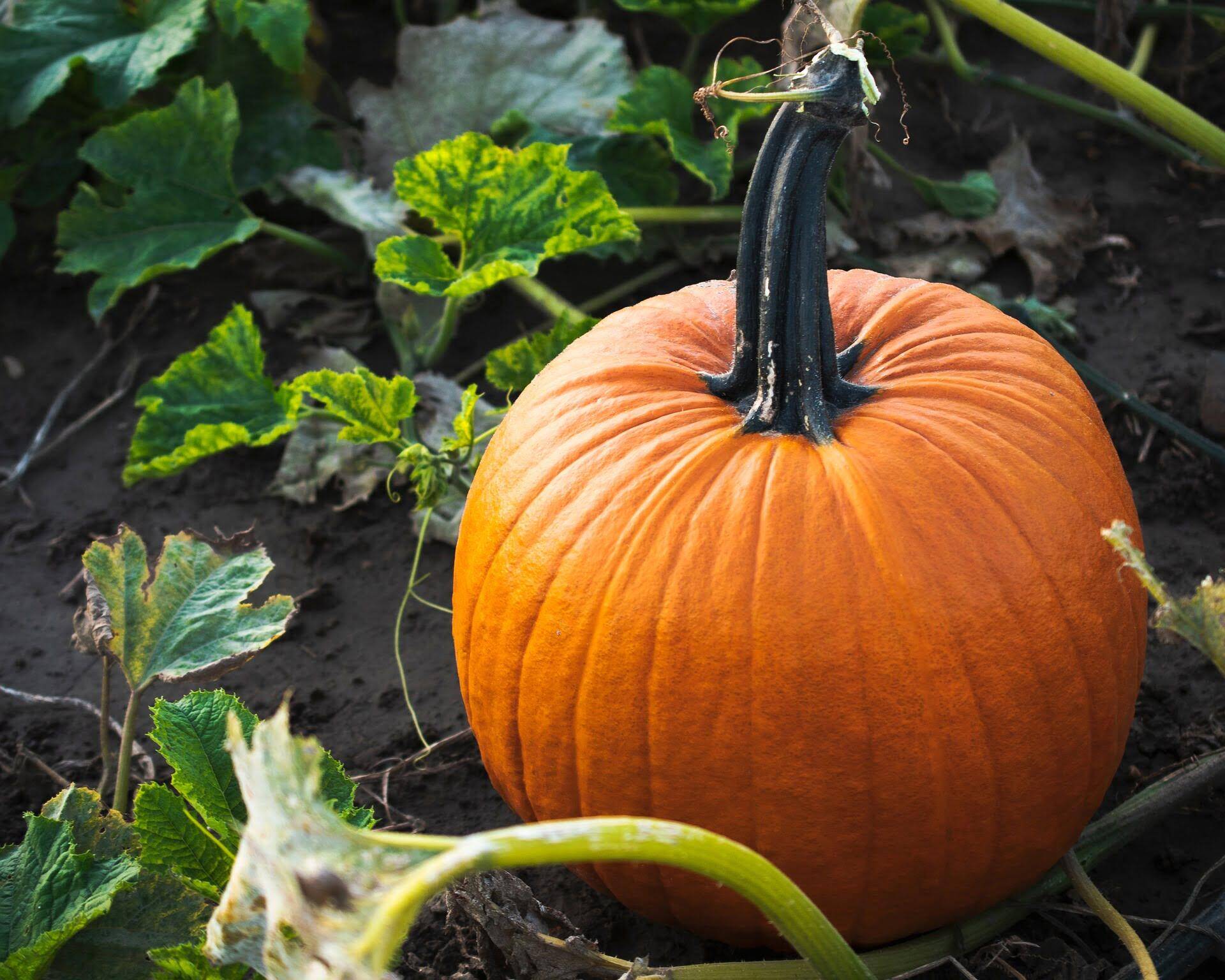
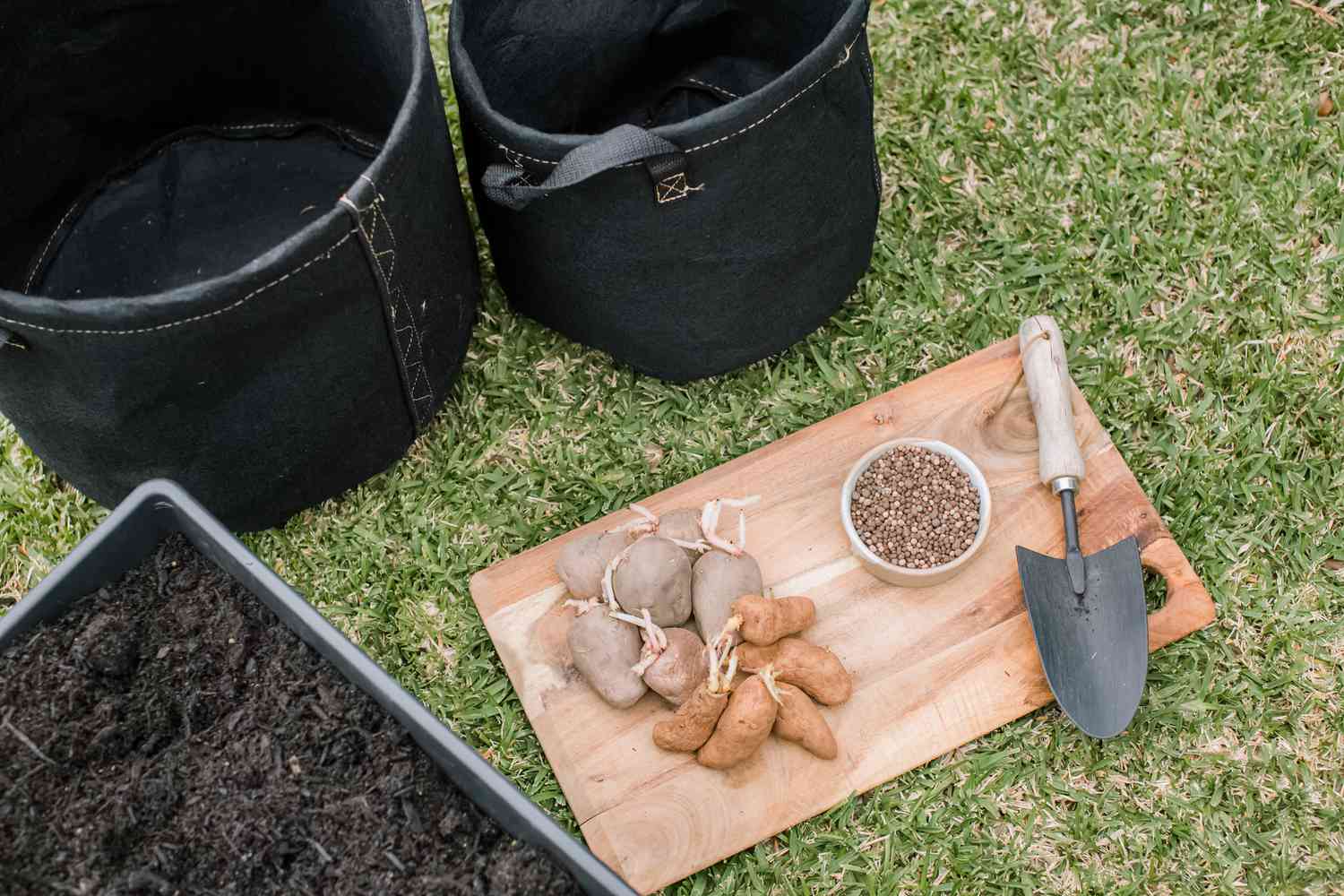
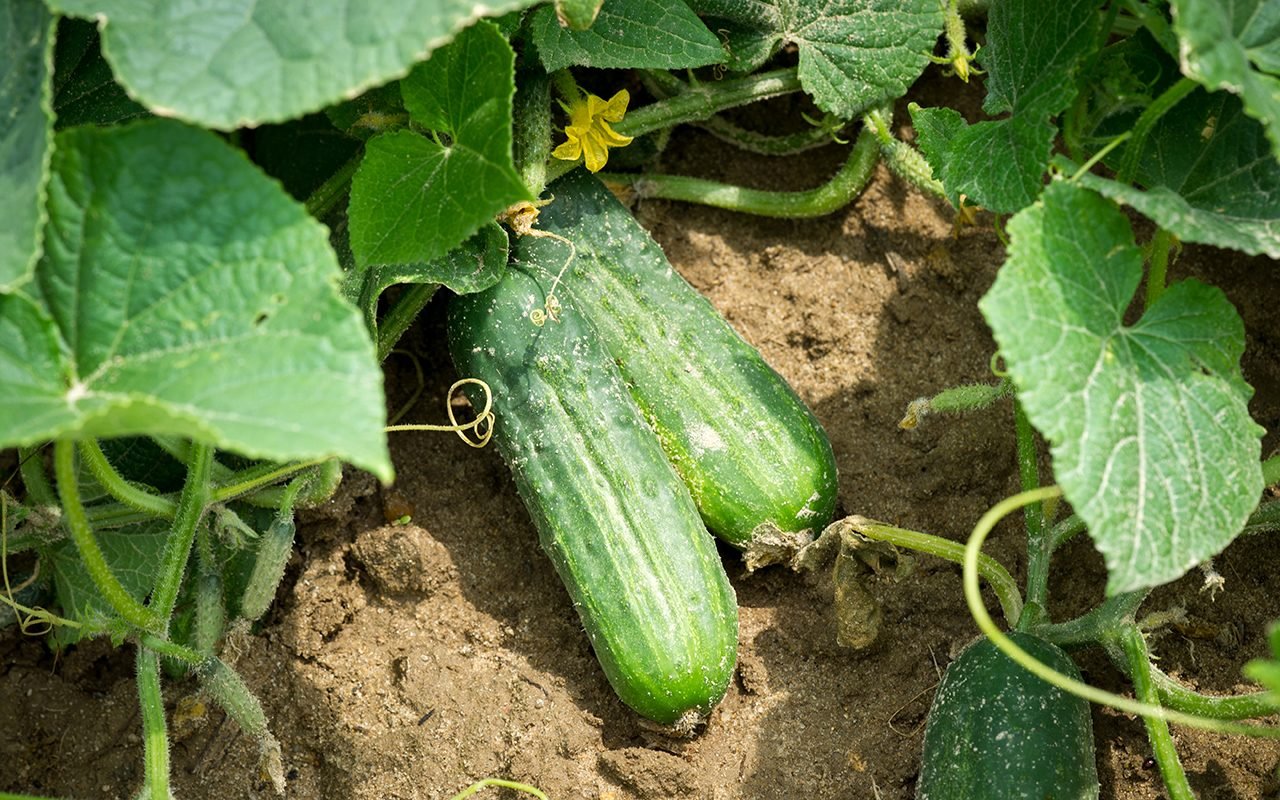
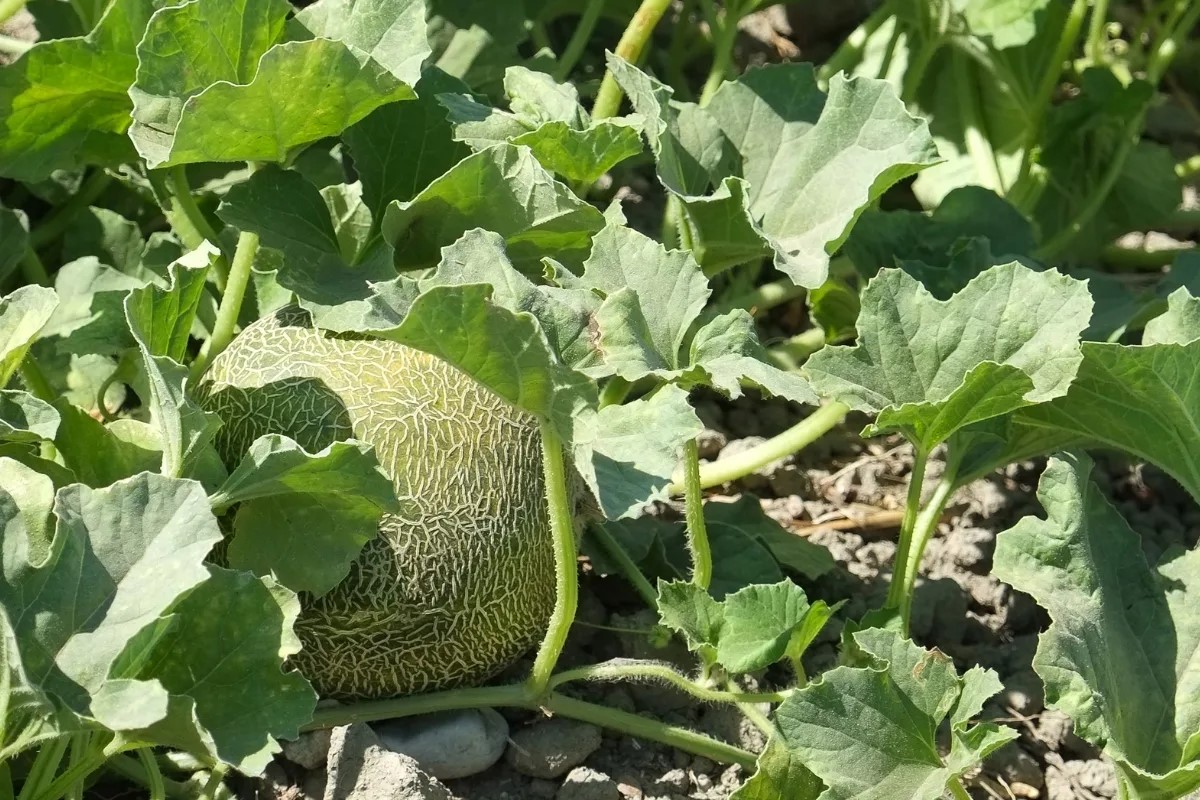
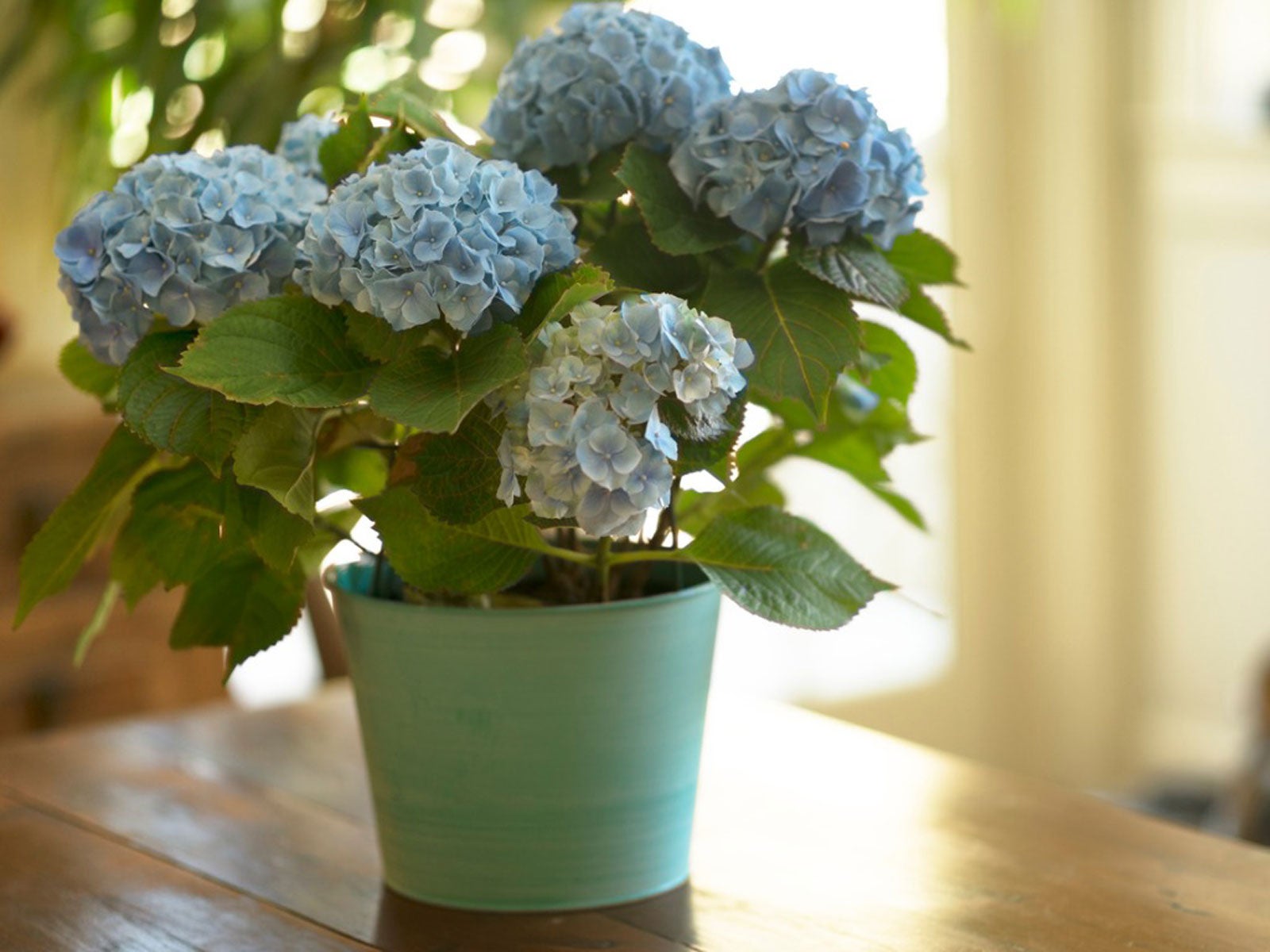
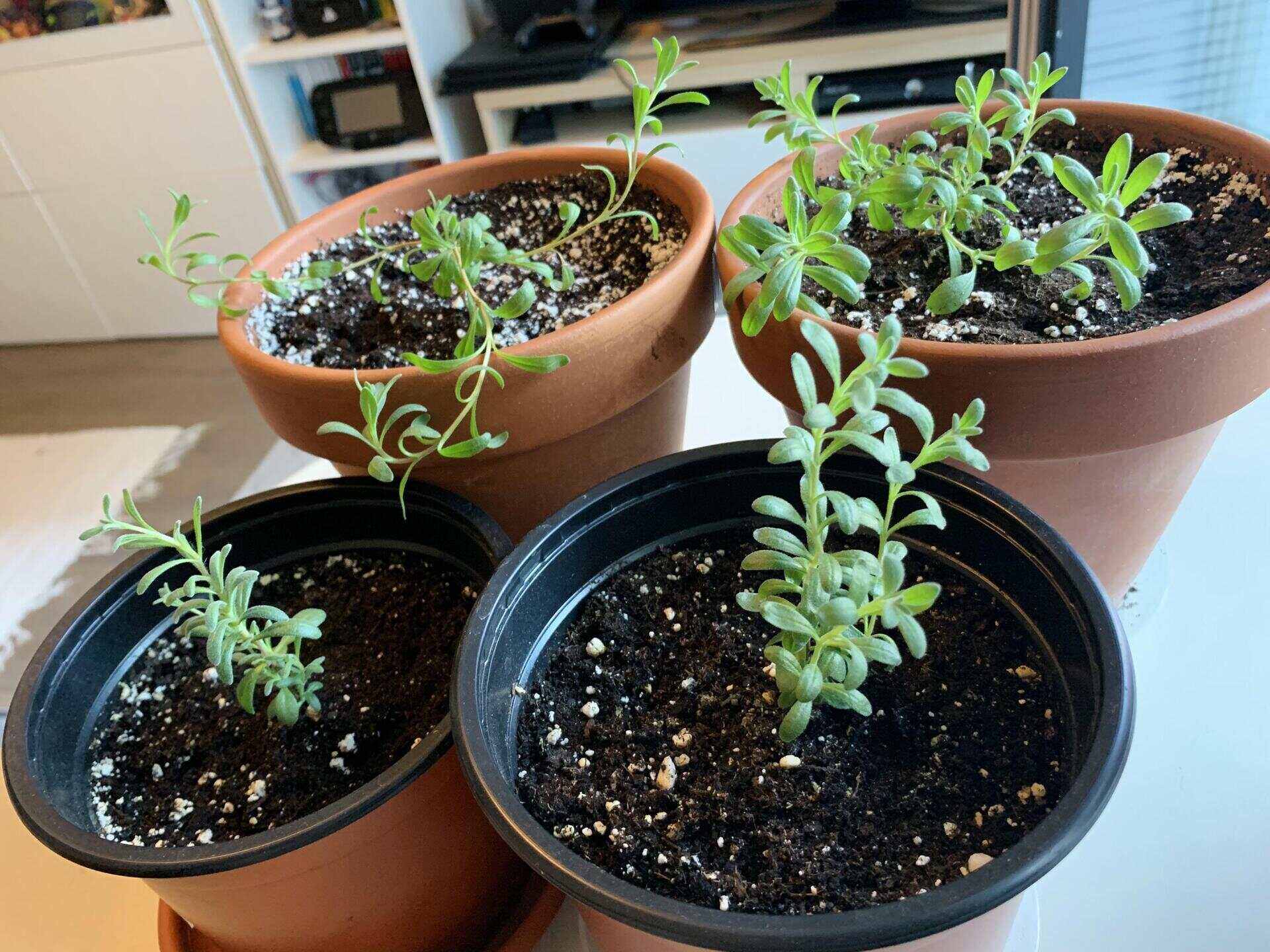
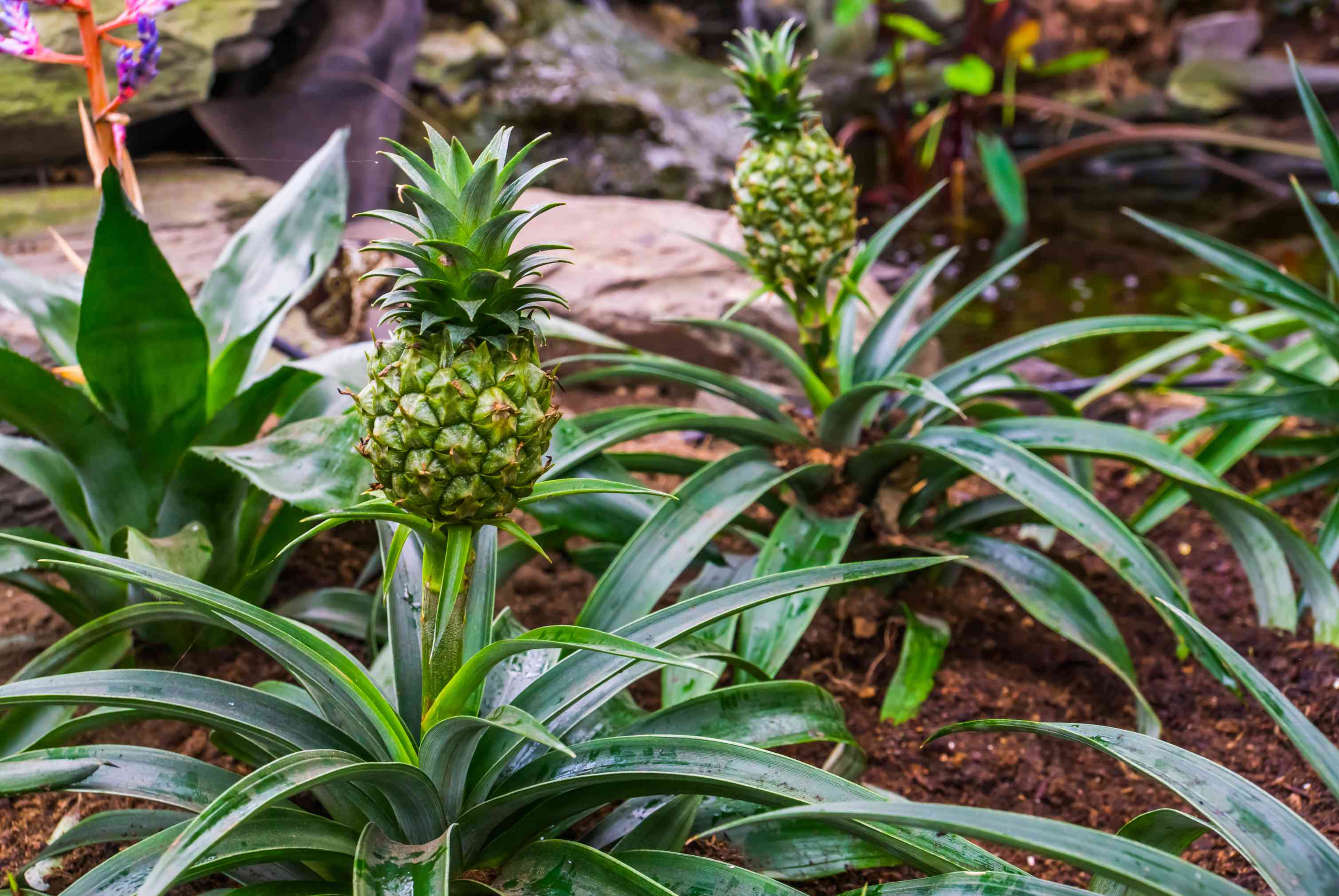
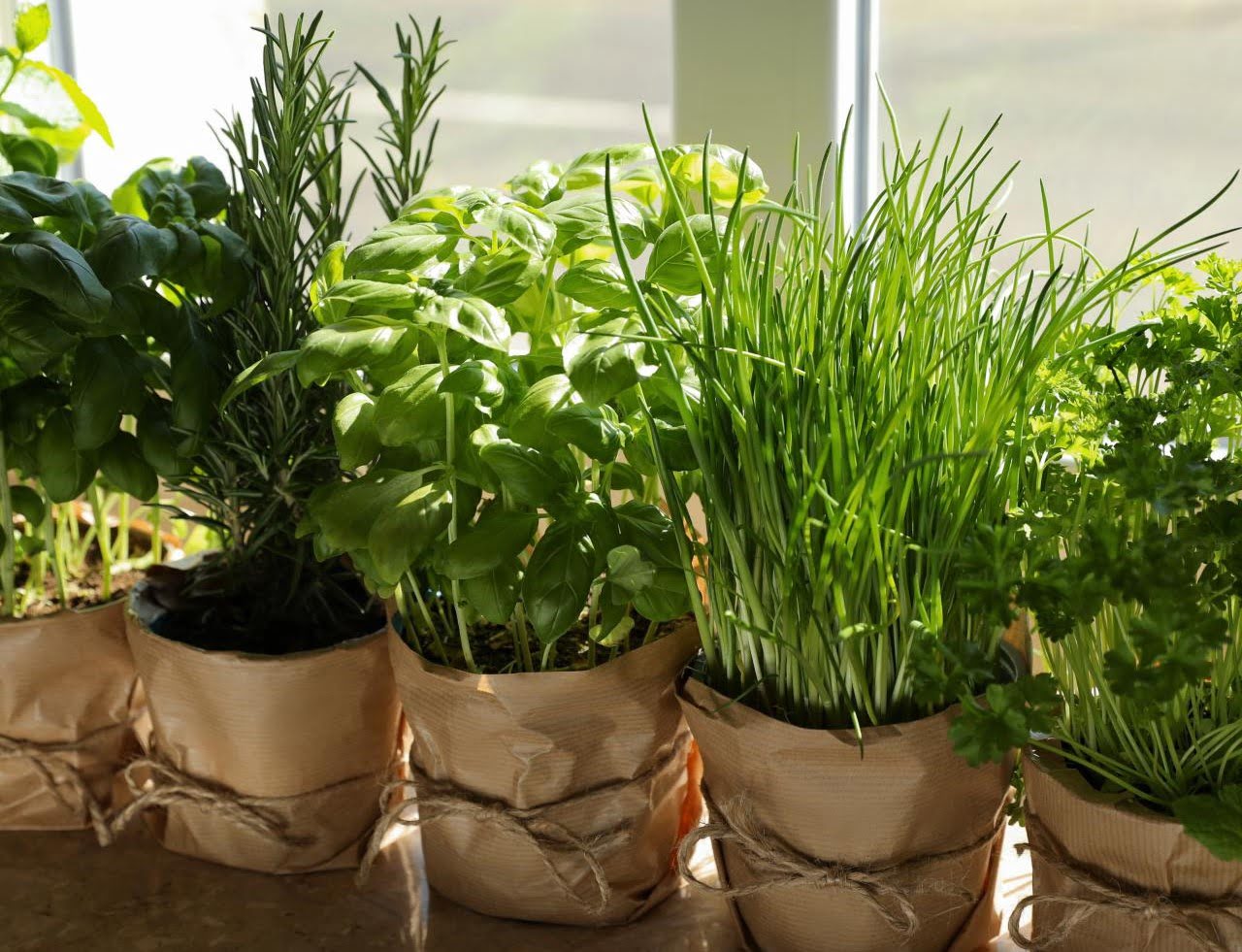
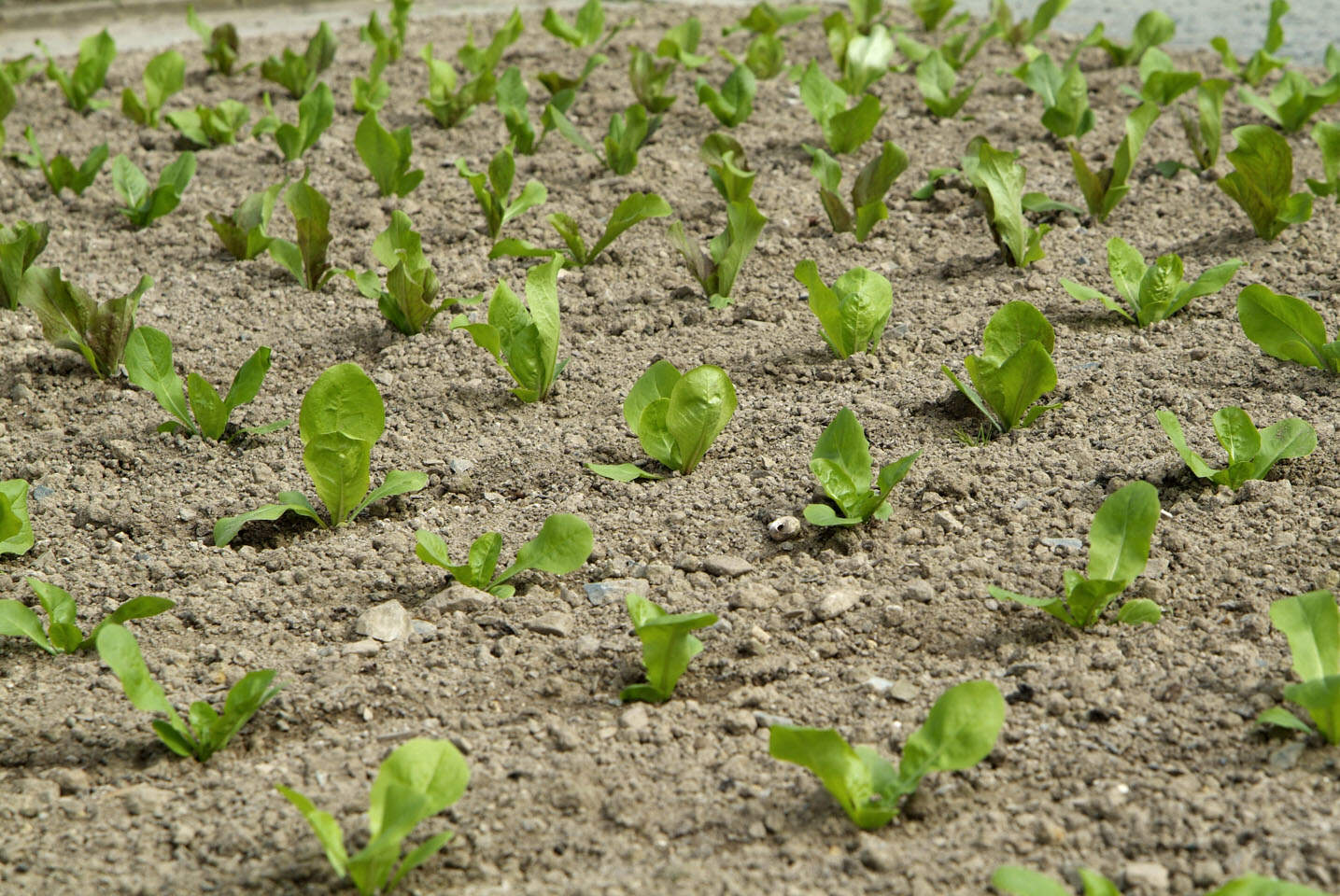
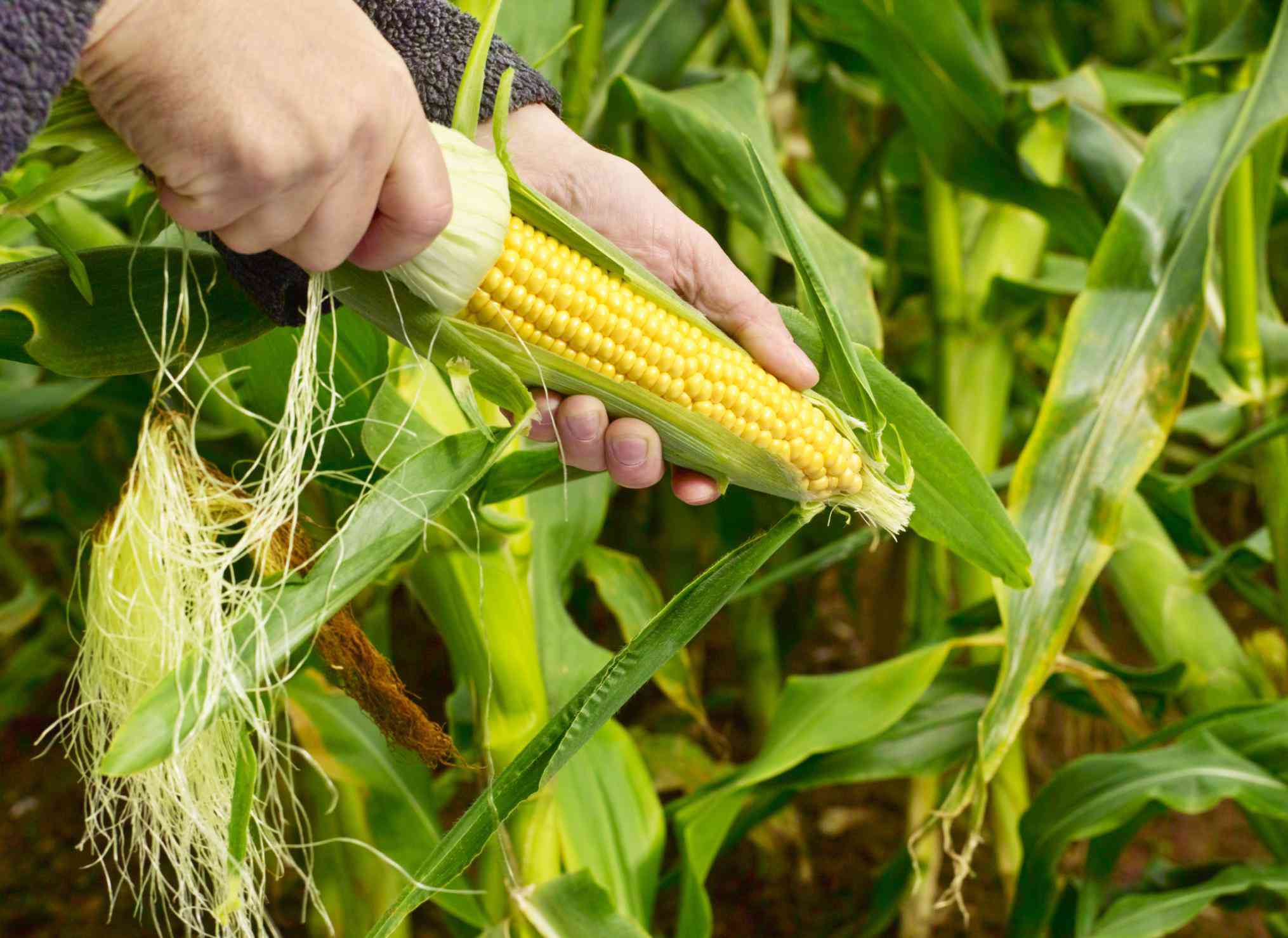
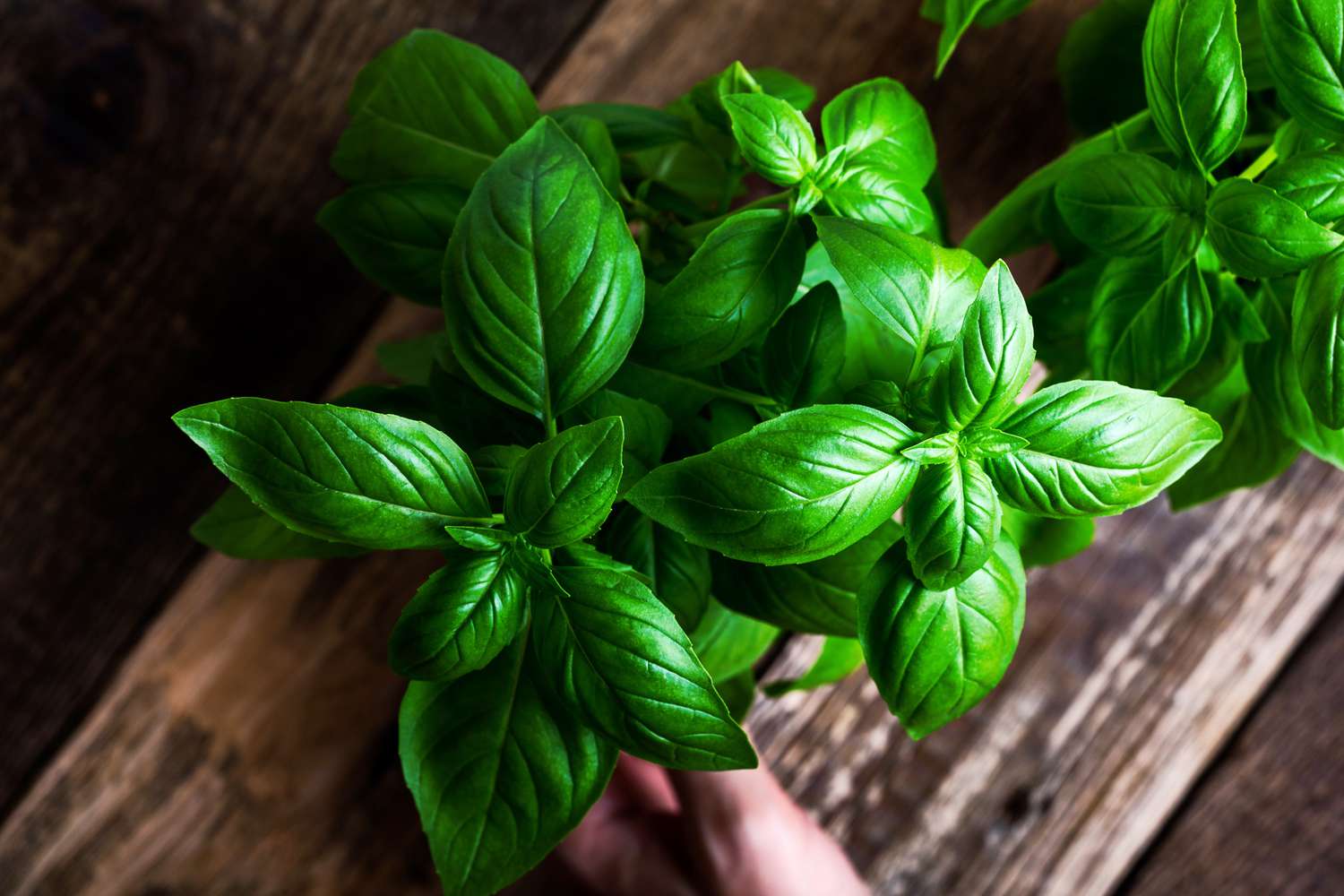
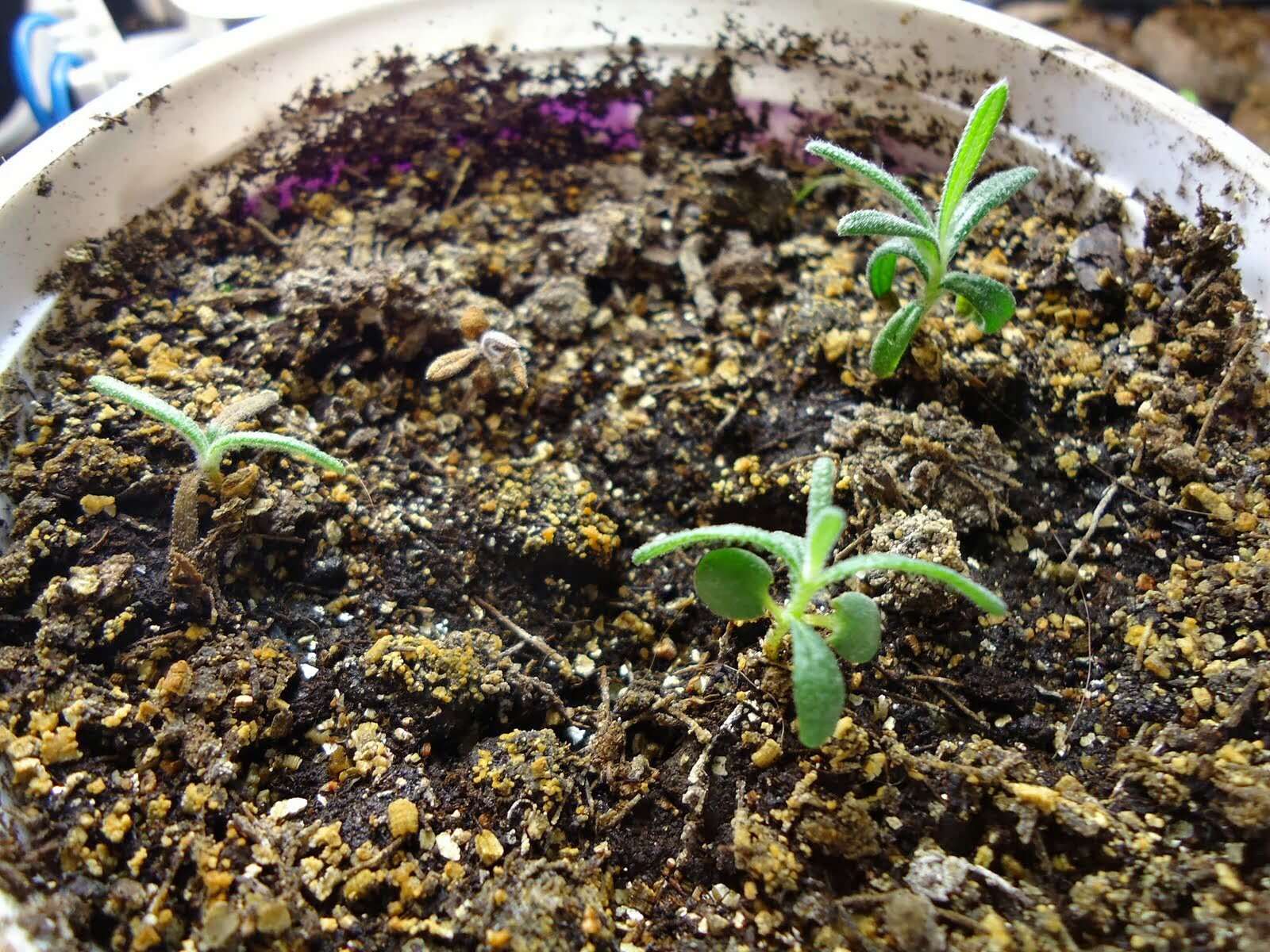
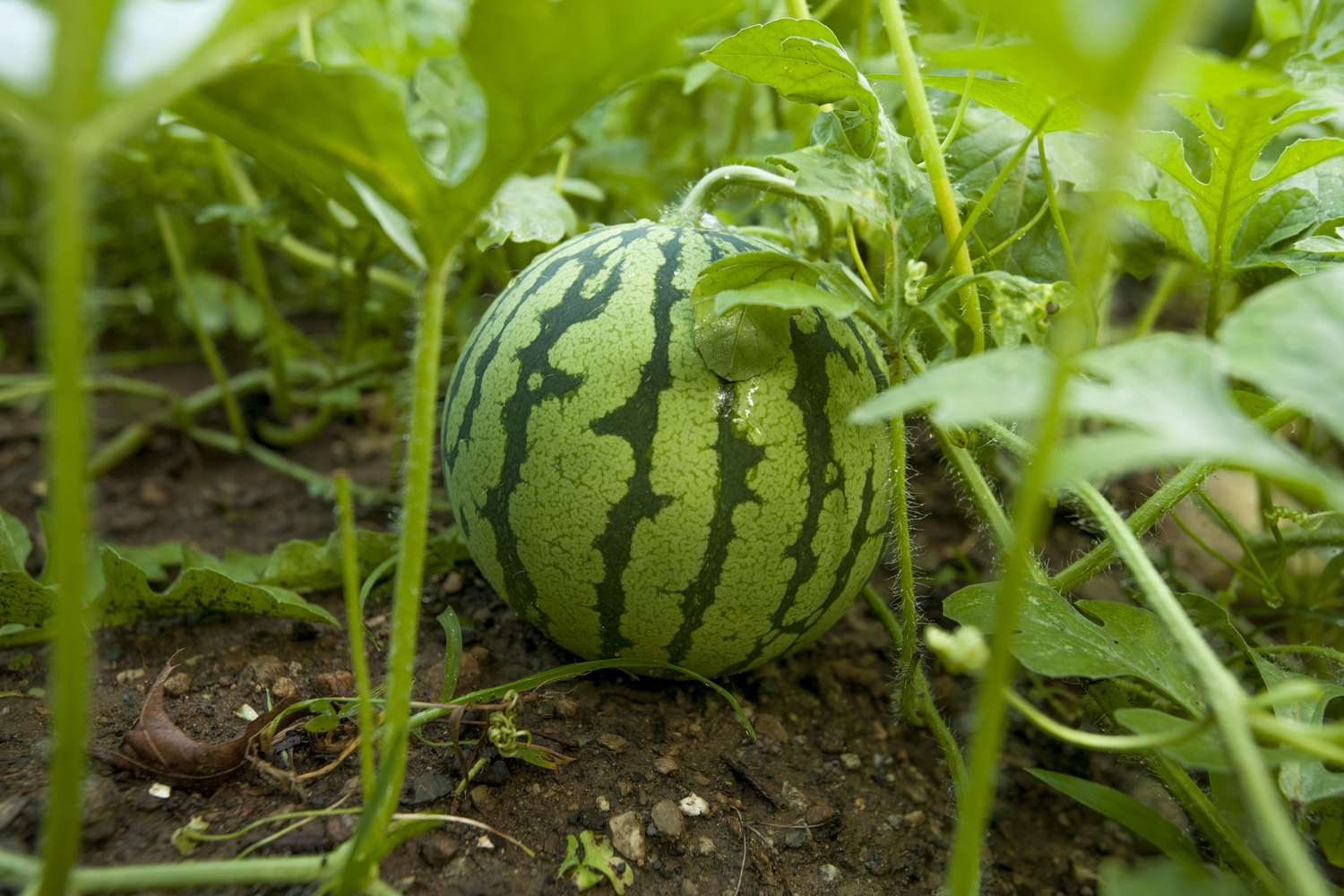
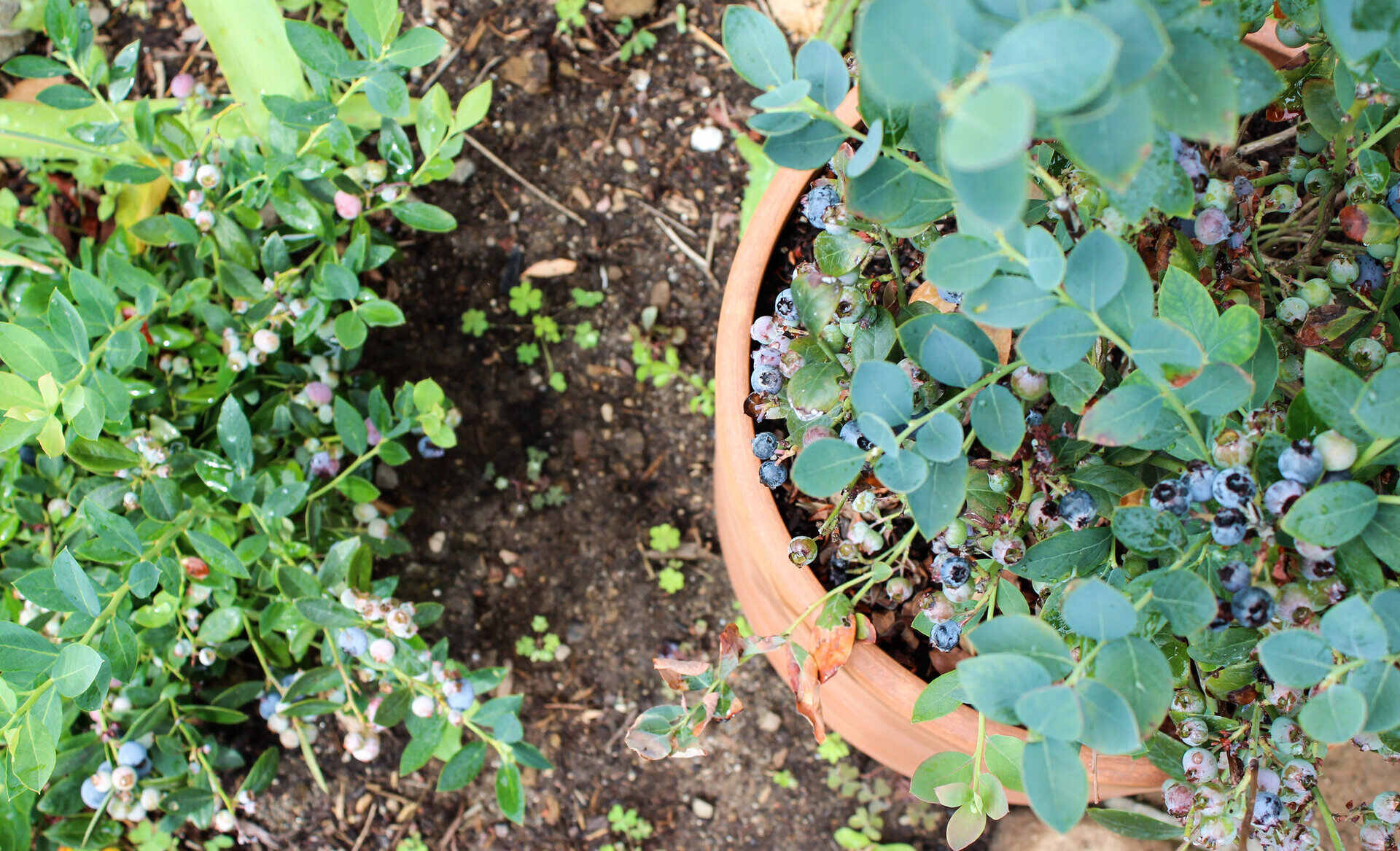

0 thoughts on “How Long To Grow Asparagus From Seed”